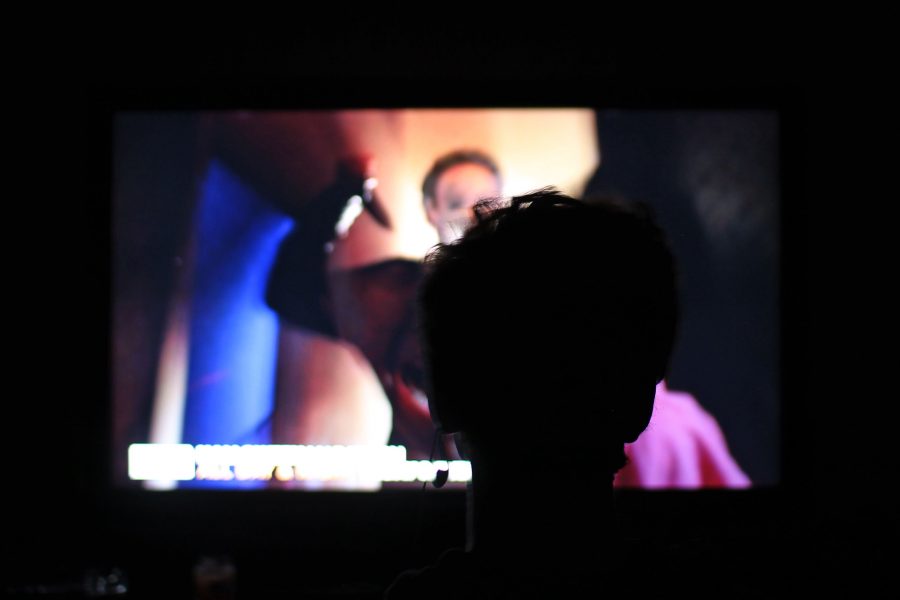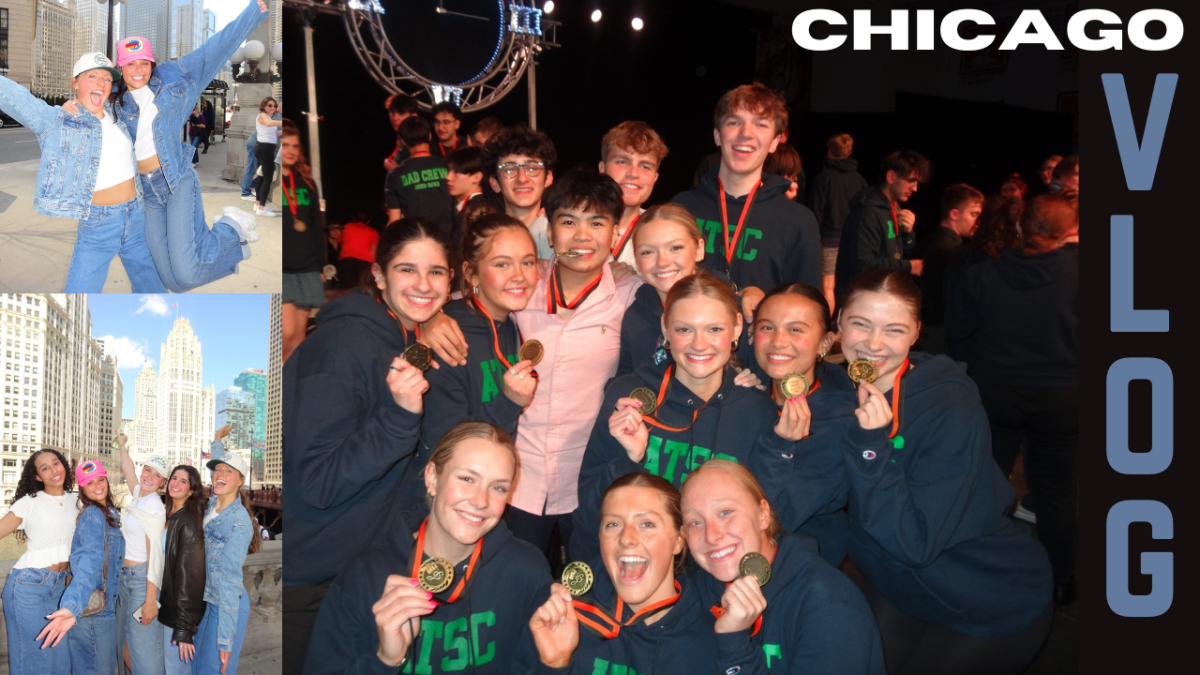WARNING: Spoilers for Layers of Fear ahead.
Layers of Fear is an indie horror game that was released in February of 2016. It’s best described as atmospheric psychedelic horror. This is a surprising combination, as horror and psychedelia are usually never associated. The idea of horror dwelling into the realm of the absurd isn’t a particularly new one, but it’s usually presented in a more straightforward manner. Layers of Fear, however, presents itself in a surrealist fashion. As an absurdist, it’s refreshing to see such a unique and underrepresented quality shine in a game of this nature. Layers of Fear is incredible in many aspects, being strong in the distinct and bizarre presentation. It’s thoroughly unsettling and succeeds in keeping the player on edge and wildly curious throughout the entire playthrough. It’s akin to a haunted house that urges you to press on, the heavy weight of peaked interest shoving doubt to the back of your mind.

The story is relatively simple and the exposition is as well. Most explanation is given through letters that can be found around the house, or writing on the wall. The rest is given through narration. The game takes the player through six chapters, each of which deliver more and more background information. As the chapters progress, more qualities are added to the portrait in the workspace of your house. It’s clear in the beginning, though, that you play as an artist, and you are alone in your home without your wife or daughter. This reveals itself as you work more and more on your latest portrait. The introduction sequence is very well done in how it deals with background information without pandering. This introduction takes place before any of the psychedelic events occur, so each piece of information is delivered in an eerie and practical manner. After the introduction, the six chapters take place without any intermission. Each one has a specific theme, and at the end of each chapter you get a sort of twisted memento that you then add to your portrait. A popular and recurring motif is artwork. You have several paintings hung up in your house, and as they reoccur throughout the game, they become increasingly unsettling. The motif is shown in several different and distinct ways, all assisting the story and atmosphere.
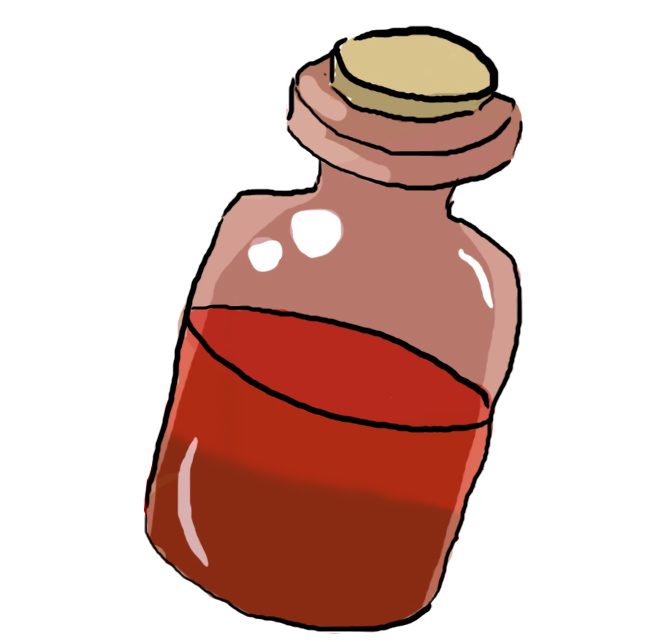
Of course the most anticipated aspect of any horror game is just that, the horror. The horror in Layers of Fear is dealt with wonderfully. The game has a dense atmosphere that fills you with dread until you flinch at the sound of a door closing. Chapter one is an introduction to the actual absurdity, and it has an advantage as the audience doesn’t know what manner of scares they’ll be getting. There are handy visual effects that help add to the disorienting effect of the game. One particular trick is reused a few times. You look at an item, then look behind you to a completely different room than you were just in, and how severe and unsettling this can be varies throughout the game. One instance is effective in closing you in while also using optical illusions to make the room you’re in seem larger. What’s also clever is the way that choices are dealt with in the game. As mentioned before, you’re forced to press on, and while part of that comes from curiosity, the other part comes from the fact that you literally have no choice but to continue. Doors close and lock behind you, and while you occasionally get the choice to choose which door to enter next, it’s always a begrudging choice. It’s like a game of chicken on an unconscious level. What’s most successful about this horror is the isolation of it all. Knowing that everything occurring is all in your head should help, but it doesn’t once you realize that you can’t escape your own thoughts and there’s nothing to distract you while under these suffocating layers of hallucinations. Instead, you’re left with the horrors of guilt and torment that become physical through disturbing personalizations.
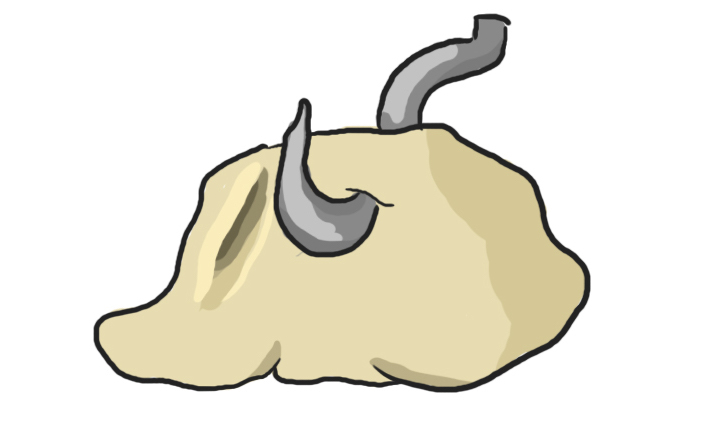
Layers of Fear falls under a little-known format of gaming known as the ‘Walking Simulator’ (with more interaction). Layers of Fear dives into the format by assaulting the player with several horrifying effects that cannot be combatted. The mechanics are easy to get used to and entirely immersive, but the navigation is simple. The game subtly guides you without being obvious or patronizing. It knows what kind of game it is, and it’s not trying to be the next anything, just wanting to tell a story and be effectively creepy. What assists in this effect is the total realism of the game. It’s clear now that the term ‘photorealistic’ is overdone to death when it comes to describing horror, but it perfectly describes the visuals, adding to the anxiety accompanying you throughout the game. It’s mentioned early on that your character had an injury in a fire, so throughout the entire game, your point of view is bouncing along with your limp. It’s little details like that that can add to the realism and user-friendliness.
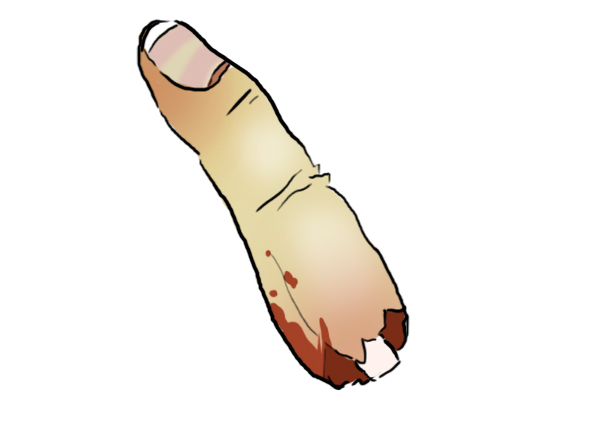
Unfortunately, even quality games like this aren’t without their downsides. What’s bizarre is that things found to be admirable turn into repetitive qualities over time. The repeated motifs, while clever, get a bit dull once you know what to expect. The aforementioned disorienting camerawork, while impressive and unsettling, is something that you end up waiting for to appear in every chapter. Things like this are reasons why Layers of Fear is a game best played in small increments for the best fear effect, which isn’t beneficial to speed-runners or “completionists.” While it’s good that the game doesn’t rely on jump-scares to initiate fear in the audience, it would have been better if there were more scenes that actually caused a physical response (chills, shakes, etc.) as opposed to just ‘bad vibes.’ The third chapter is the best example of this. With truly beautiful scenes and elements, and it is the first chapter to introduce the disorienting effect, but it truly lacks when it comes to scary elements. The best word to describe the flaws of this game is underwhelming. This game does so many fantastic things, so it’s so disappointing when you’re met with unfortunate aspects. Unnecessary and jarring voice acting, or the convoluted and underwhelming ending and the tedious unwanted checkers puzzle near the ending are all examples of these. It’s truly detrimental to be met with flaws like this, but in the grand scheme of the game, it’s worth it. Layers of Fear is a game that succeeds in building a tremendous atmosphere and standing out among other modern horror games.
story and graphics by jane knudsen, photo by kyndall goodwin


